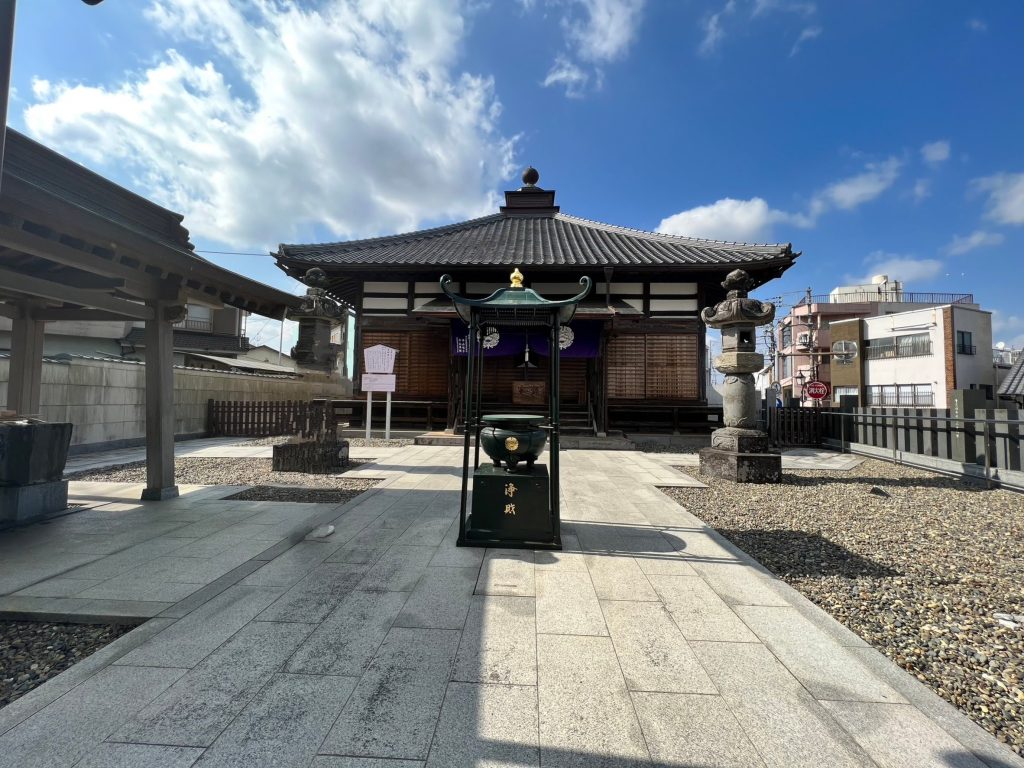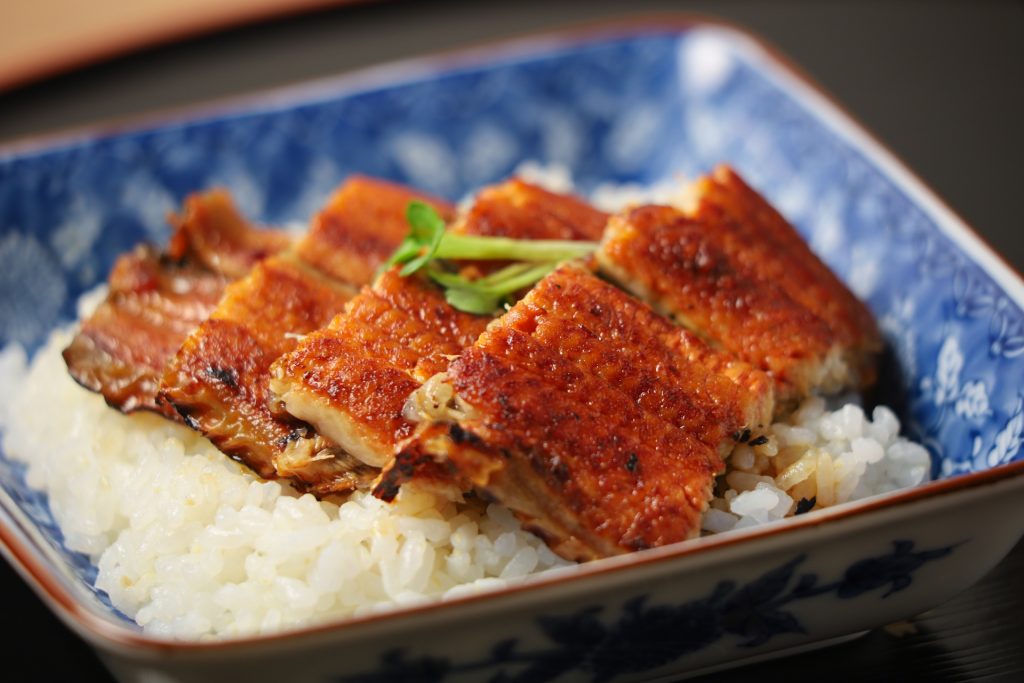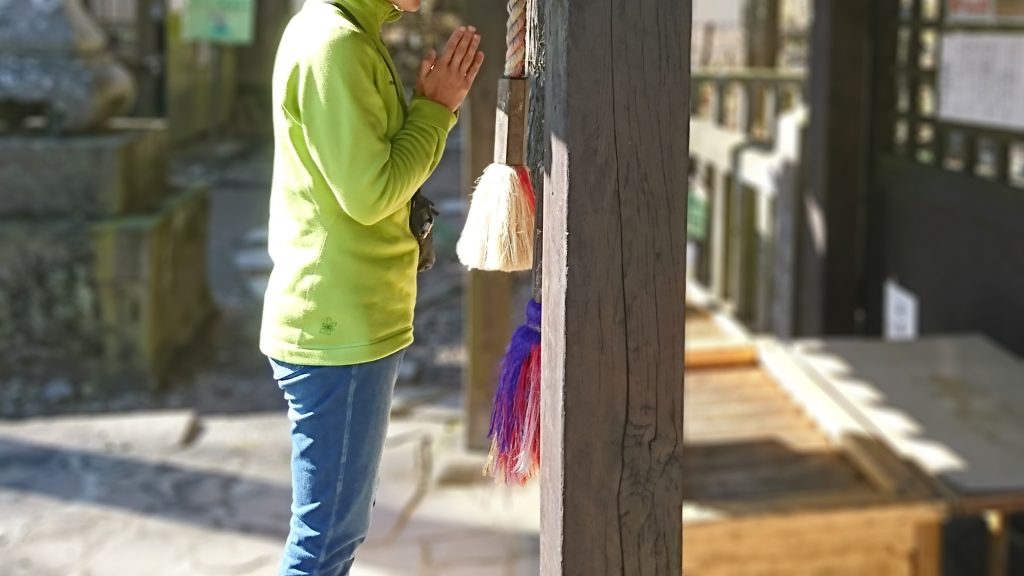
- The history and origin of Naritasan Yakushido
- Location and access to Naritasan Yakushido
- Architectural style and characteristics of Yakushido
- Faith and Religious Aspects of Naritasan Yakushido
- Local food and accommodation around Naritasan Yakushido
- Recommended Seasons and Seasonal Special Events to Visit Naritasan Yakushido
- Notes and etiquette when visiting Naritasan Yakushido, points for worship
The history and origin of Naritasan Yakushido
Naritasan Yakushido is a Buddhist temple located in Narita City, Chiba Prefecture, Japan, also called Naritasan Shinshoji Temple. It has a long history, dating back to the early Heian period.
According to legend, Naritasan Yakushido was founded more than 1,000 years ago in 807, during the early Heian period, by a Heian period monk, Anpoushi. There is a legend that Moboshi was led by Yakushi Nyorai (Yakushi Ruriko Nyorai) in a dream and was ordered to build a hall in Narita and spread the faith.
Since then, Naritasan Yakushido has suffered fires and other disasters several times in its long history, but it has been rebuilt each time and has been loved by many people as an object of faith. In particular, during the Edo period, the temple prospered under the patronage of the Tokugawa Shogunate and received many donations and temple properties.
In addition, Naritasan Yakushido is considered to be one of the special Buddhist temples in Japan, and has the status as the head temple of Naritasan all over Japan. The Yakushido Hall is dedicated to Yakushi Nyorai, and many other Buddhist statues such as Kannon Bodhisattva and Fudo Myoo are enshrined.
Naritasan Yakushido is popular as a place visited by many worshipers and tourists. In particular, many people visit during the New Year, Obon, and cherry blossom viewing seasons. In addition, Narita International Airport is nearby, so it is well known to tourists from overseas.
There are also beautiful gardens and historical buildings around Yakushido, where you can enjoy traditional Japanese culture and scenery. Naritasan Yakushido is a precious place where you can come into contact with Japanese history and religious culture, and it is a sacred place that brings peace of mind to many people.
Location and access to Naritasan Yakushido
Naritasan Yakushido is located in Narita City, Chiba Prefecture, Japan. The official name is “Naritasan Shinjoji”, but it is also called “Shinshoji” or “Naritasan” because there are multiple temples in Narita city.
Address: 336 Narita, Narita City, Chiba Prefecture
how to access:
- By train:
- It takes about 15 minutes on foot from JR Narita Station to Naritasan Shinshoji Temple. If you follow the approach from Narita Station and climb a gentle slope, you will find Yakushido.
- If you use the Narita Sky Access Line, you can also take the Keisei Bus from Keisei Narita Station, get off at the Naritasan Omotesando bus stop, and walk to Yakushido.
- By car:
- It will arrive in about 15 minutes from the Narita Interchange (IC). There are several parking lots around Yakushido, so access by car is also possible. However, it is best to arrive early, especially on days of festivals and events, as it is expected to be crowded.
- Access from Narita International Airport:
- From Narita International Airport, it is convenient to use the Narita Express or Keisei Electric Railway. You can go to Yakushido from JR Narita Station or Keisei Narita Station in the same way as using the train mentioned above.

You can visit Naritasan Yakushido all year round, but it can get crowded depending on the time of day, so it’s best to visit as early as possible or plan ahead of time. Near Naritasan Yakushido, there are many souvenir shops and restaurants for tourists, so you can enjoy a break and shopping.
Architectural style and characteristics of Yakushido
Naritasan Yakushido has the architectural style of traditional Japanese Buddhist temples. Below is a general commentary on the architectural style and features of Yakushido:
- Main Hall Features: Yakushido is the central building known as Hondo. The main hall is the most important part of the temple, and Yakushi Nyorai (Yakushi Ruriko Nyorai) is enshrined as the principal image. Yakushi Nyorai is a Buddha of medicine and is said to relieve illness and suffering.
- Wooden Architecture: Yakushido is a traditional wooden architecture, reflecting the architectural style of ancient Japanese temples. Wooden structures have excellent earthquake resistance and have been widely used in Japanese architecture since ancient times.
- Roof and Roof Decoration: The roof of Yakushido is generally characterized by a distinctive roof that draws a heavy and graceful curve. A beast-shaped roof decoration (notto) is sometimes attached to the tip of the roof.
- Beam and pillar carvings: Yakushido’s beams and pillars are sometimes decorated with beautiful wood carvings. These sculptures depict flowers, animals, and mythological symbols of Buddhism.
- Fusuma and shoji paintings: There may be fusuma and shoji paintings inside. These paintings are of high artistic value, decorating the interior of the temple and providing a place of tranquility for worshippers.
- Gardens and Buddha Statues: There may be beautiful gardens surrounding the Yakushido. The garden has a pond, stonework, and seasonal flowers that fascinate visitors. In addition, there are also large and small Buddha statues installed in the garden.
- Kyakuden and approach: It is common for Yakushido to have a Kyakuden and an approach. The reception hall is used as a place for worshipers to rest and enjoy tea, and the approach is maintained as a path for worship to Yakushido.
These architectural styles and features are elements common to traditional Japanese temple architecture, and Naritasan Yakushido inherits that tradition. The beautiful appearance and rich culture of Yakushido attract many worshipers and tourists.

Faith and Religious Aspects of Naritasan Yakushido
Naritasan Yakushido is a Buddhist temple dedicated to Yakushi Nyorai (Yakushi Ruriko Nyorai), and is a place where many people worship. Below is a commentary on the beliefs and religious aspects of Naritasan Yakushido:
- Worship of Yakushi Nyorai: Yakushido is dedicated to Yakushi Nyorai. Yakushi Nyorai is a Buddha of compassion and healing in Buddhism, and is said to relieve sickness and suffering, and liberate from physical illness and mental suffering. Many worshipers offer prayers to Yakushi Nyorai to pray for good health and recovery from illness.
- Worship from Japan and abroad: Naritasan Yakushido is an international temple that attracts many believers and tourists not only from Japan but also from overseas. Especially since it is located near Narita International Airport, it is easily accessible to tourists from overseas, so people of a wide range of faiths, including those with different religious backgrounds, visit the shrine.
- Shugendo Influence: Naritasan Yakushido is influenced by the mountain worship that was once called Shugendo. Shugendo is a religion centered on rigorous training and mountain worship, and there were training dojos in the mountains around Yakushido. For this reason, Naritasan Yakushido has developed as a place of worship incorporating elements of Shugendo.
- Festivals and Events: Various festivals and events are held at Naritasan Yakushido throughout the year. For example, it is crowded with many worshipers on New Year’s Day and during the cherry blossom viewing season. In addition, the Naritasan Hatsumode Goma-Taki Festival is held every December, and many fire memorial services and lion dances are performed.
- Red seals and pilgrimages: At Naritasan Yakushido, believers and worshipers are sometimes given a red seal. Red seals are stamped on temple stamps along with temple seals and impressions of Buddhist statues, and are treasured as proof of faith. In addition, many pilgrims visit the Naritasan temple complex, including Yakushido, which is an object of pilgrimage.
Naritasan Yakushido is an important temple where traditional Buddhist culture and events have been passed down along with the belief in Yakushi Nyorai. It has become a place of peace and healing for many people.

Local food and accommodation around Naritasan Yakushido
The area around Naritasan Yakushido is a popular tourist spot, and there are many delicious local foods and lodging facilities. Below are some examples of local food and accommodations around Naritasan Yakushido:
Local food:
- Eel Cuisine: Narita City is also famous for its eel production. Restaurants and cafeterias serving delicious eel dishes can be found in the surrounding area.
- Soba: Chiba Prefecture is also known as a production area for soba, and you can taste freshly made locally.
- Local Cuisine: Around Narita City, you can also enjoy local cuisine made with local ingredients. Please enjoy the unique taste of the local area at a local restaurant or izakaya.
- Souvenirs: There are many souvenir shops around Naritasan Yakushido. You can purchase local specialties and souvenirs to take home as a fun memory on your way home.
Local accommodation:
- Ryokan: There are several traditional Japanese inns around Narita City. You can relax while experiencing Japanese hospitality.
- Hotels: There are many convenient hotels near Narita International Airport. It can be used as a base for sightseeing.
- Guesthouses/B&Bs: There are also local guest houses and B&Bs. If you are looking for affordable accommodation, this is a good choice.
- Business Hotels: There are also many business hotels in Narita City that offer comfortable accommodation at affordable prices.
The area around Naritasan Yakushido offers a wide variety of dining options and comfortable accommodations, so we recommend that you enjoy local food and accommodations when sightseeing or visiting the shrine.
Recommended Seasons and Seasonal Special Events to Visit Naritasan Yakushido
Here are some recommended seasons and seasonal special events to visit Naritasan Yakushido:
- Spring (March to May): Spring is the season when cherry blossoms bloom beautifully. Naritasan Yakushido is also famous for its cherry blossoms, so you can enjoy cherry blossom viewing. In particular, the approach to Naritasan is lined with cherry trees, and you can admire the cherry blossoms while walking along the approach.
- Summer (June to August): Various summer festivals and festivals are held around Naritasan Yakushido in the summer. For example, in July, the Naritasan Worshipers Thanksgiving Festival is held, and the precincts are crowded. Also, in August, the Naritasan Grand Tea Ceremony is held, where you can enjoy matcha.
- Autumn (September to November): Autumn is the season when the leaves turn red. Naritasan Yakushido is also famous for its autumn foliage, so you can enjoy the beautiful foliage here. In particular, the scenery of the precincts of Yakushido and the surrounding mountains is worth seeing.
- Winter (December to February): In winter, New Year’s visits are held at Naritasan Yakushido. On New Year’s Day, it is crowded with many worshipers, and you can see the first sunrise of the year. Also, in December, the year-end Goma-taki Festival is held.
If you visit Naritasan Yakushido during these seasons and special events, you can enjoy the beautiful scenery and traditional events of each season. However, especially during New Year’s visits to shrines and festivals, many people visit the shrine, so it’s best to visit early to avoid congestion.

Notes and etiquette when visiting Naritasan Yakushido, points for worship
Here are some points to note and manners when visiting Naritasan Yakushido, as well as points to consider when visiting:
- Clothing: Due to the religious nature of the temple, it is advisable to dress modestly. Especially in the summer, you tend to wear light clothes, so don’t expose your shoulders and knees.
- Shoes: It is customary to remove shoes when visiting temples. Slippers and tabi may be provided for indoor and outdoor use.
- Put your hands together: Put your hands together and bow when you pray. The general worship procedure is to first put your hands together and then pray in your heart. Finally, keep your hands together and bow once before standing up.
- Photography: As a general rule, refrain from taking photographs inside the temple. In particular, there are cases where photography is prohibited in Buddhist statues and sacred places, so be sure to check the information board in advance.
- Noise and Manners: The temple is a quiet place, so please avoid noise so as not to disturb other worshipers. Set your mobile phone or smartphone to silent mode and keep the ringtone and calls quiet.
- No Smoking: Many places in Naritasan Yakushido are non-smoking. If there is a designated smoking area, please smoke only in that area.
- Observe public morals: Together with other worshipers and temple staff, in order to maintain a beautiful temple environment and a tranquil atmosphere, take your rubbish home with you and refrain from entering prohibited areas.
- Special Temple Rules: Some temples have special rules and manners. Be sure to act according to the information boards and the instructions of the staff.
By observing these precautions and manners, you can visit Naritasan Yakushido more comfortably. It is also important to be respectful of other worshipers and temples while being mindful of local conditions and instructions.


